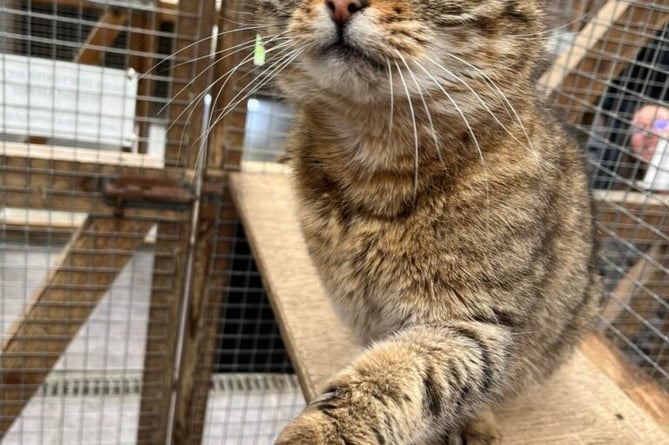Are cats good or bad for the environment?
This is a hotly-debated question in certain scientific circles, and was a topic at last month’s Cheltenham Science Festival where experts on birds, biodiversity and domestic pets all agreed that cats can wreak havoc on garden wildlife.
Bat conservationists called for cat owners to keep their cats in at night or, if that isn’t possible, to keep them in from half an hour before sunset until the hour after sunset.
This could really help reduce the number of bats killed by cats, which is estimated to be about 250,000 in the UK.
The estimate for the number of birds killed by cats in the UK is staggeringly high at 27 million.
As well as restricting access to the outdoors when wildlife is most active (and for birds this means dawn), cat owners can deploy other measures such as putting safety collars on their cats with bells attached, and keeping bird feeders out of feline reach.
But back to the question of whether cats can be good for the environment – they may kill millions of birds every year, often just for fun rather than for food, but they also kill a lot of rats and rats are the main species that predates on birds.
Whilst cats and the environment will continue to be a hotly debated topic in the UK, Akureyri, a town in Iceland, has taken the issue a step further.
The town council was proposing to ban all local cats from going outdoors because of the impact they are having on ground-nesting sea birds.
Iceland is home to a large number and variety of cats, and they play a major role in the country’s folklore and culture; and they are a very popular pet - not least because dogs were banned in the capital city of Reykjavik until 1985.
But many Icelanders have strong feelings about cats being allowed outside, and two towns in the South have been targeted by ‘cat serial killers’.
Their modus operandi has been to leave pieces of fish laced with antifreeze, which has fatally poisoned several cats … as well as at least one dog and many birds.
The culprits of these ill-thought-through cat attacks have never been found.
Cat fans are fighting back, though, and several candidates in Iceland’s local elections in May represented Kattaframbodid, loosely translated as the ‘Cat Party’.
In Akureyri the Cat Party won 373 votes (4.1% of those submitted), which was not enough to secure a seat in the town council. However, Akureyri’s councilors have now decided to impose only a partial ban on local cats’ freedom to roam, and from next year they will not be allowed outside from midnight to 7.00am.
Closer to home, we’re well into ‘kitten season’ and lots of would-be adopters are looking for young cats - young cats who are very likely to become good hunters!
This focus on kittens means that some of our more mature cats are being overlooked – cats like Honey, a beautiful and iconic Manx stumpy.
She is about 10 years old and has pretty much retired from hunting, and she would be best suited to a quiet, rural environment.
Honey would ideally like to be the only pet in her new home, and for her family to be similarly more mature, and inclined to a life of tranquillity and relaxation. We can’t promise that she will be best friends with garden birds and bats, and she’s unlikely to be a ‘mouser’, but the odds are pretty high that she’ll be more content with a life spent rubbing alongside her new human companions.




